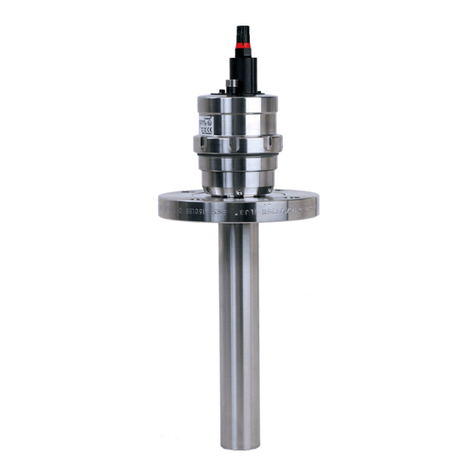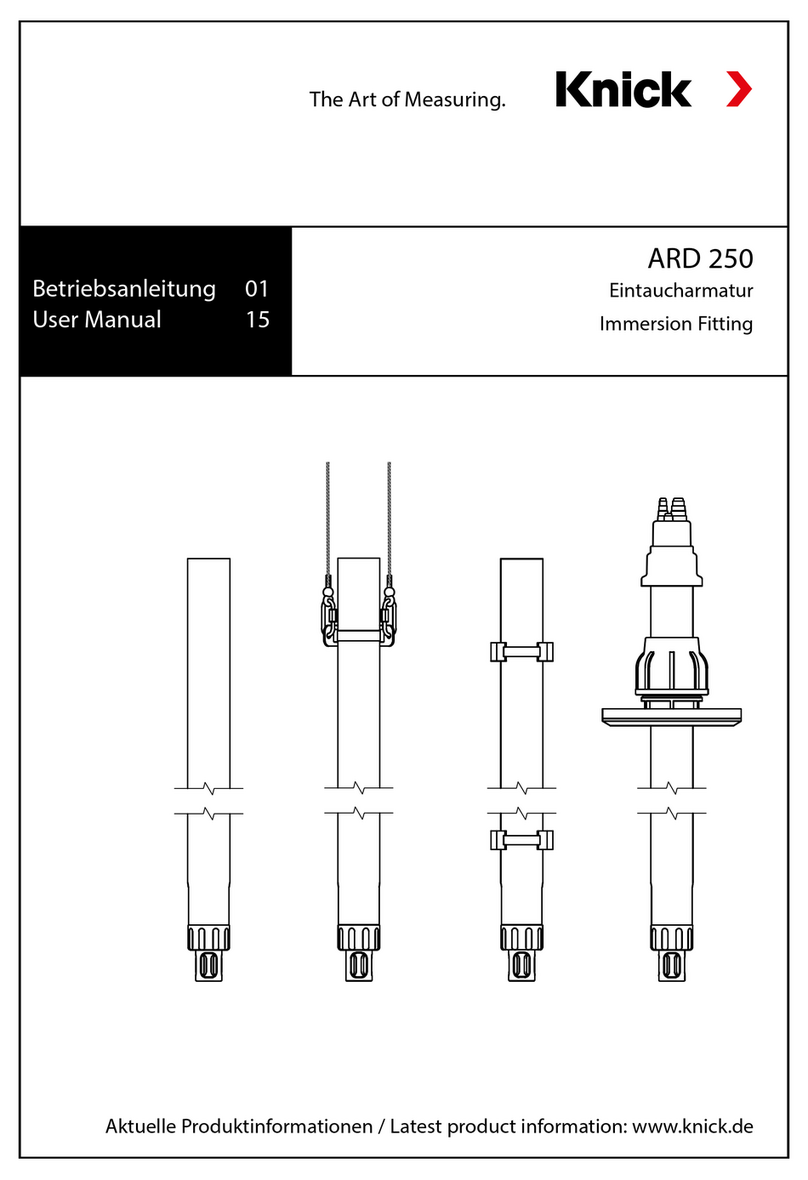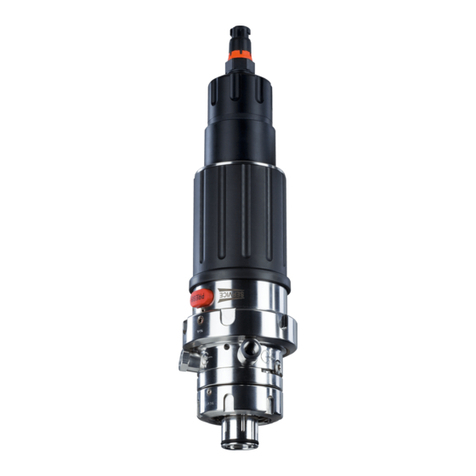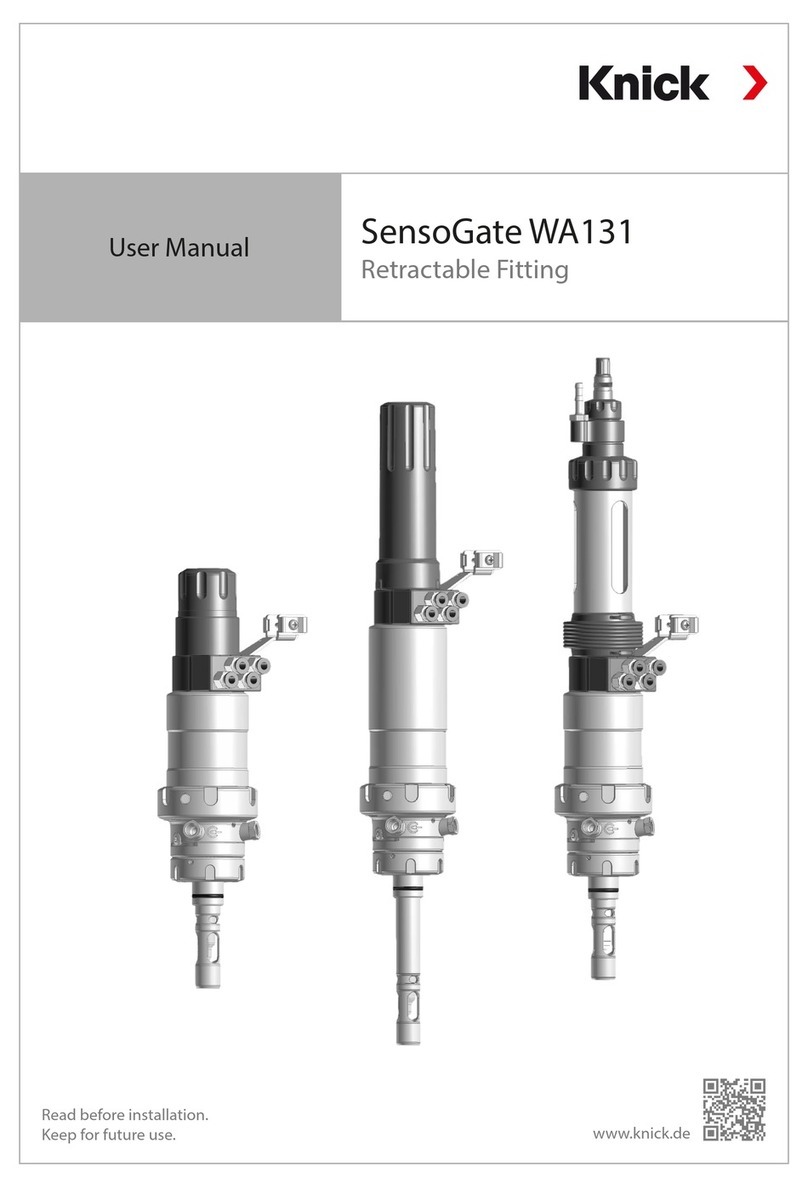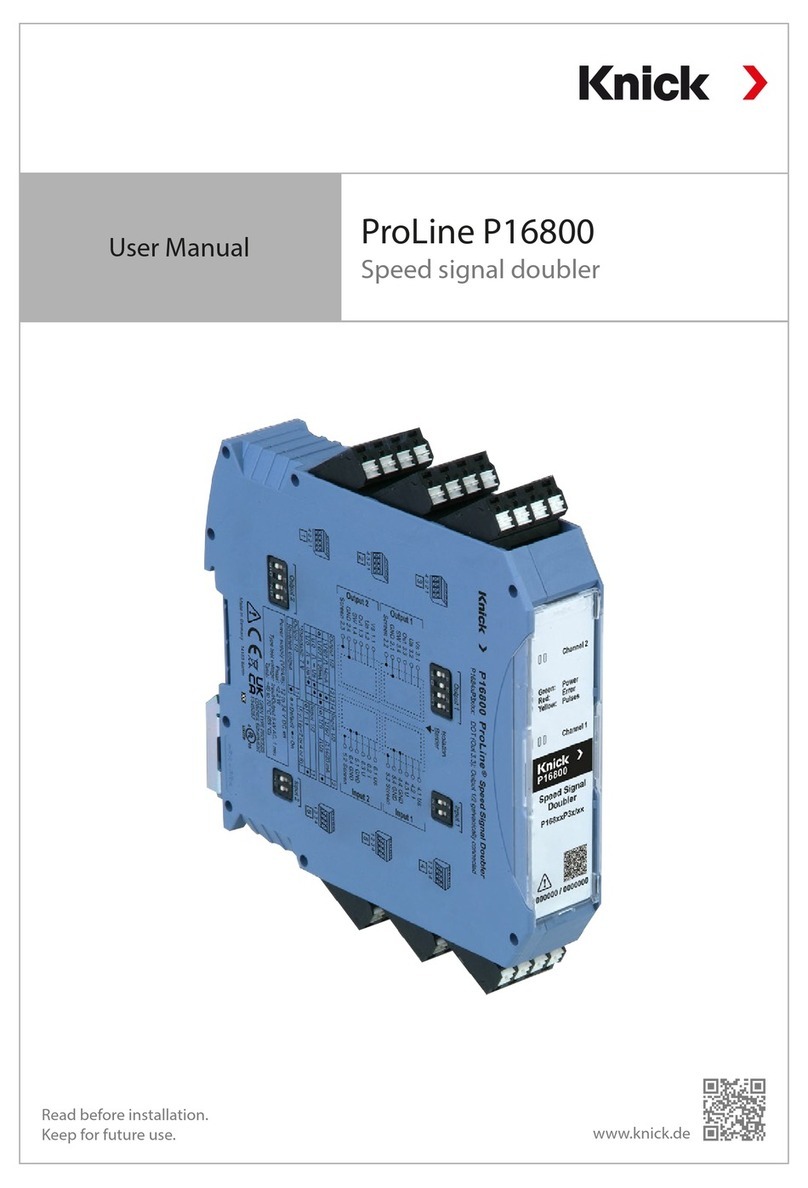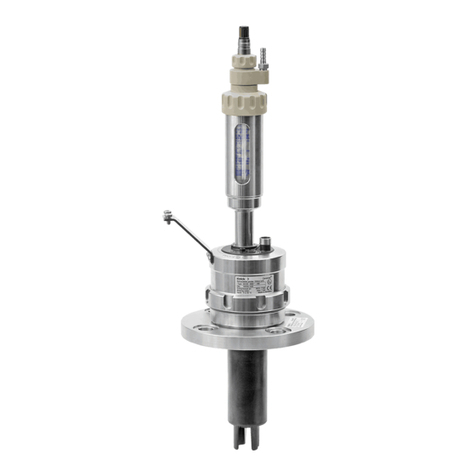
WA111
3
Table of Contents
1 Safety............................................................................................................................................. 5
1.1 Intended Use ......................................................................................................................................................... 5
1.2 Personnel Requirements ................................................................................................................................... 5
1.3 Residual Risks ........................................................................................................................................................ 5
1.4 Hazardous Substances ....................................................................................................................................... 6
1.5 Safety Training ...................................................................................................................................................... 6
1.6 Maintenance and Spare Parts.......................................................................................................................... 6
2 Product.......................................................................................................................................... 7
2.1 Package Contents ................................................................................................................................................ 7
2.2 Product Identification......................................................................................................................................... 7
2.2.1 Example of a Version ............................................................................................................................. 7
2.2.2 Product Code ........................................................................................................................................... 8
2.3 Nameplates ............................................................................................................................................................ 9
2.4 Symbols and Markings....................................................................................................................................... 9
2.5 Design and Function........................................................................................................................................... 10
2.6 Changes for Different Conditions .................................................................................................................. 11
2.7 Service and Process Position............................................................................................................................ 12
3 Installation .................................................................................................................................... 13
3.1 Retractable Fitting: Installation....................................................................................................................... 13
3.2 Inlet and Outlet Hose: Installation ................................................................................................................. 13
3.3 Drive Medium: Installation ............................................................................................................................... 15
4 Commissioning ............................................................................................................................. 16
5 Operation ...................................................................................................................................... 17
5.1 Moving into the Service and Process Position........................................................................................... 17
5.2 Installing and Removing a Sensor ................................................................................................................. 18
5.2.1 Safety Instructions when Installing and Removing Sensors................................................... 18
5.2.2 Installing and Removing Sensors ..................................................................................................... 18
5.2.3 Cleaning and Rinsing the Sensor...................................................................................................... 19
6 Maintenance ................................................................................................................................. 20
6.1 Inspection and Maintenance........................................................................................................................... 20
6.1.1 Inspection and Maintenance Intervals ........................................................................................... 20
6.1.2 Used and Approved Lubricants......................................................................................................... 20
6.2 Corrective Maintenance .................................................................................................................................... 21
6.2.1 Corrective Maintenance Safety Instructions ................................................................................ 21
6.2.2 Removing the Check Valve ................................................................................................................. 21
6.2.3 Disconnecting/Connecting the Process Connection from/to the Drive............................ 22
6.2.4 Removing and Installing the Rinsing Chamber........................................................................... 24
6.2.5 Removing and Installing the Immersion Tube ............................................................................ 26
6.2.6 Seals ............................................................................................................................................................ 27
6.2.7 Knick Repair Service .............................................................................................................................. 29
7 Troubleshooting ........................................................................................................................... 30
